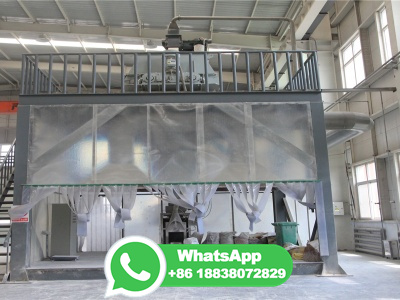7 Different Materials Used In Precast Concrete Buildings
Today, the country has over 2600 standards in fiftysix different areas. Below are 7 different materials used in precast concrete buildings, each of which must meet the requisite standards and building codes. 1. Cement. This is a critical material in the construction of buildings. The Canadian Standards Association (CSA) standard A3001 ...
































